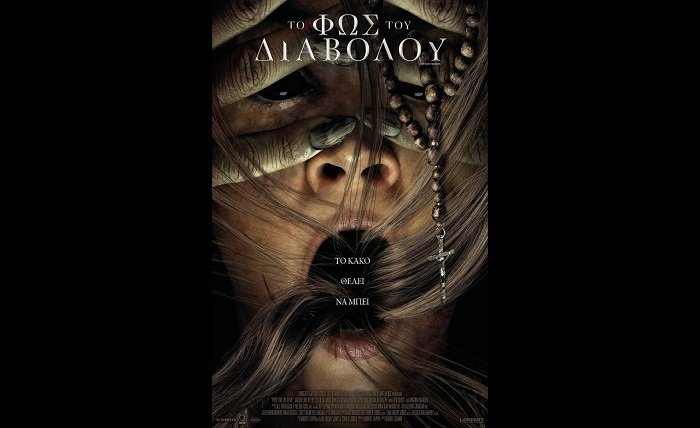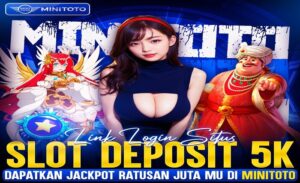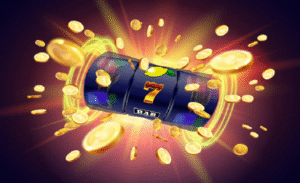Introduction
The term Tainiomania Nosferatu evokes a chilling fascination with the undead, particularly the iconic vampire figure from classic horror. This obsession blends mythology, cinema, and psychological intrigue, creating a subculture that thrives on the macabre. But what exactly is Tainiomania Nosferatu, and why does it captivate so many? This blog post delves into its origins, cultural significance, and the reasons behind its enduring appeal.
The Origins of Tainiomania Nosferatu
Tainiomania Nosferatu finds its roots in early 20th-century cinema, specifically F.W. Murnau’s 1922 silent film Nosferatu. This unauthorized adaptation of Bram Stoker’s Dracula introduced Count Orlok, a grotesque yet mesmerizing vampire. The film’s eerie aesthetic and haunting narrative sparked an obsession—Tainiomania Nosferatu—that persists today. Unlike romanticized vampires, Nosferatu embodies pure horror, making him a unique figure in vampire lore.
The term itself combines “tainiomania” (an obsession with darkness or shadows) with “Nosferatu,” cementing its association with gothic horror. This phenomenon isn’t just about fandom; it’s a deep, almost pathological fixation on the monstrous and the unknown.
The Cultural Impact of Tainiomania Nosferatu
Tainiomania Nosferatu has influenced countless films, books, and art forms. From Werner Herzog’s 1979 remake to Robert Eggers’ upcoming Nosferatu (2024), the vampire’s legacy endures. The obsession extends beyond cinema—music, fashion, and even psychology have been shaped by Tainiomania Nosferatu.
Gothic subcultures embrace Nosferatu’s aesthetic, with his sunken eyes, elongated fingers, and rat-like features becoming symbols of horror. Bands like Type O Negative and The Sisters of Mercy reference Tainiomania Nosferatu in their lyrics, reinforcing its grip on alternative culture.
Psychological Roots of Tainiomania Nosferatu
Why are people so drawn to Tainiomania Nosferatu? Psychologists suggest it taps into deep-seated fears and fascinations with mortality. The vampire represents the ultimate “other”—an immortal being that defies natural laws. For some, Tainiomania Nosferatu is a way to confront death in a controlled, fictional setting.
Others argue that the obsession stems from repressed desires. The vampire’s seductive yet monstrous nature mirrors taboo fantasies, making Tainiomania Nosferatu a psychological escape. This duality—fear and attraction—fuels its enduring popularity.
Tainiomania Nosferatu in Modern Media
Today, Tainiomania Nosferatu thrives in digital spaces. Social media communities dissect every frame of the original film, while fan artists reimagine the vampire in new styles. Video games like Castlevania and Vampire: The Masquerade incorporate elements of Tainiomania Nosferatu, proving its adaptability.
Streaming platforms have also revived interest, with horror anthologies featuring Nosferatu-inspired episodes. The upcoming 2024 remake promises to reignite Tainiomania Nosferatu, introducing the legend to a new generation.
Discover the most touching aai quotes in Marathi that beautifully express the unconditional love, strength, and sacrifices of a mother. This heartfelt collection of aai quotes in Marathi captures emotions that words often fail to convey. Whether you’re looking to honor your mother on a special day or simply want to express gratitude, these aai quotes in Marathi are perfect for every occasion. Let these powerful words remind you of the irreplaceable role aai plays in your life. Dive in and celebrate the bond with your mother through these timeless aai quotes in Marathi.
The Dark Aesthetics of Tainiomania Nosferatu
One of the most compelling aspects of Tainiomania Nosferatu is its visual style. The vampire’s gaunt, corpse-like appearance contrasts sharply with modern, glamorized vampires. This aesthetic has inspired fashion trends, with designers incorporating gothic, vampiric elements into their work.
Photographers and digital artists also embrace Tainiomania Nosferatu, creating haunting imagery that blurs the line between reality and nightmare. The obsession with decay, shadows, and the uncanny makes this aesthetic uniquely unsettling yet alluring.
Tainiomania Nosferatu and Vampire Mythology
While Tainiomania Nosferatu centers on Murnau’s creation, it also intersects with broader vampire mythology. Unlike Dracula, who exudes aristocratic charm, Nosferatu is purely monstrous. This distinction highlights different cultural fears—Dracula represents hidden evil, while Nosferatu is an inescapable nightmare.
Folklore from Eastern Europe, where tales of the undead originated, adds depth to Tainiomania Nosferatu. Stories of strigoi and upyr (Slavic vampires) reinforce the primal terror that Nosferatu embodies.
Conclusion
Tainiomania Nosferatu is more than a niche obsession—it’s a cultural phenomenon that reflects humanity’s fascination with darkness. From its cinematic origins to its modern reinterpretations, the legend of Nosferatu continues to haunt and enthrall. Whether through psychology, art, or folklore, Tainiomania Nosferatu proves that some monsters never die.
FAQs
1. What does “Tainiomania Nosferatu” mean?
It refers to an obsessive fascination with the vampire Nosferatu, blending “tainiomania” (obsession with shadows) and “Nosferatu.”
2. Why is Nosferatu different from Dracula?
Nosferatu is more grotesque and animalistic, while Dracula is charismatic and aristocratic.
3. How has Tainiomania Nosferatu influenced pop culture?
It has inspired films, music, fashion, and even psychology, shaping gothic subcultures.
4. Is there a new Nosferatu movie coming out?
Yes, Robert Eggers is directing a new Nosferatu film set for release in 2024.
5. Why are people obsessed with Tainiomania Nosferatu?
It taps into deep fears of death, the unknown, and repressed desires, making it psychologically compelling.













